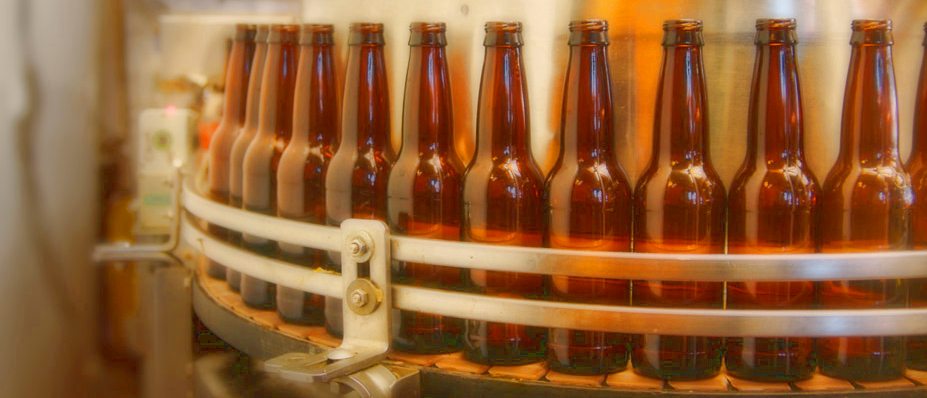
Magnetek VFD Repair
Most Magnetek VFD repair can be prevented with routine maintenance. Magnetek VFD repair costs and lead times can also be reduced with routine maintenance. Magnetek VFD repair can be expensive and also cost manufacturers production downtime…

Eaton SV Repair
Eaton SV repair should be taken with extreme caution and only be performed by technicians who have required training and experience with electrical equipment. Always consult an expert in the field when repairing or troubleshooting industrial…

Eaton Cutler Hammer Drive Repair
Eaton Cutler Hammer drive repair is an asset to manufacturers because Eaton usually recommends replacing failed drives instead of repairing them. Eaton Cutler Hammer drive repair is quicker and less expensive than Eaton drive replacement.
Checking…

Eaton Drives Troubleshooting
Eaton drives troubleshooting can be time consuming, so manufacturers tend to keep spare Eaton drives on hand for production lines that can't afford downtime. When Eaton drives troubleshooting cannot be resolved in the plant, technicians are…

How do I use three phase equipment with single phase power
This is popular subject here at Precision Electric. We receive emails and calls all the time for customers who have three phase equipment and need to operate this equipment from single phase power. Since most higher horsepower drives only accept…

Variable frequency drive torque control inverter vfd
We’ve Been Servicing the Industrial World Since 1983.
Minimize Your Downtime. Maximize Your Productivity
Call Toll Free: 1.877.625.2402
Customers of Precision Electric have been using variable frequency drives to better control torque…

Infrared thermography testing services
Infrared inspections provide a means to view systems (electrical, mechanical, building envelopes) under normal operating conditions to identify abnormally hot (or cool) areas or components. This is a powerful maintenance tool. In many instances,…

service Fanuc industrial servo motor drive equipment
We’ve Been Servicing the Industrial World Since 1983.
Minimize Your Downtime. Maximize Your Productivity
Call Toll Free: 1.877.625.2402
Over the years Precision Electric has worked closely with Fanuc Corporation with regard to…

Wastewater Sewage Treatment Industry Solutions
We've Been Servicing the Industrial World Since 1983.
Minimize Your Downtime. Maximize Your Productivity.
Call Toll Free: 1.877.625.2402
Sewage facilities must operate under severe conditions created by the constant flow of highly…

SMVector Pumps Hard-to-Handle Chemicals
Flomotion Systems develops and manufactures unique sealless peristaltic pumps that eliminate loss-of prime failures in chemical feed applications. Typical markets served include water & wastewater treatment, chemical, food & dairy,…

Food Processing Manufacturing Industrial Products & Services
We've Been Servicing the Industrial World Since 1983.
Minimize Your Downtime. Maximize Your Productivity.
Call Toll Free: 1.877.625.2402
High humidity and daily washdowns can take their toll on the best food processing equipment.…

Industrial Metalworking Metal Stamping Manufacturing Services
We've Been Servicing the Industrial World Since 1983.
Minimize Your Downtime. Maximize Your Productivity.
Call Toll Free: 1.877.625.2402
The metal working industry - fabrication, surface preparation, surface finishing - is largely…





